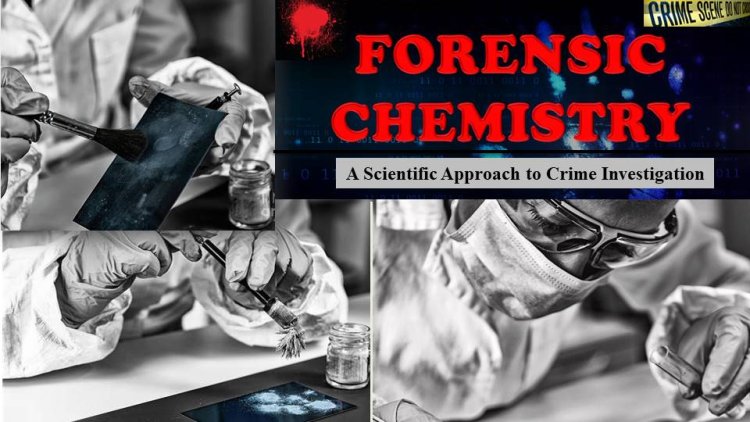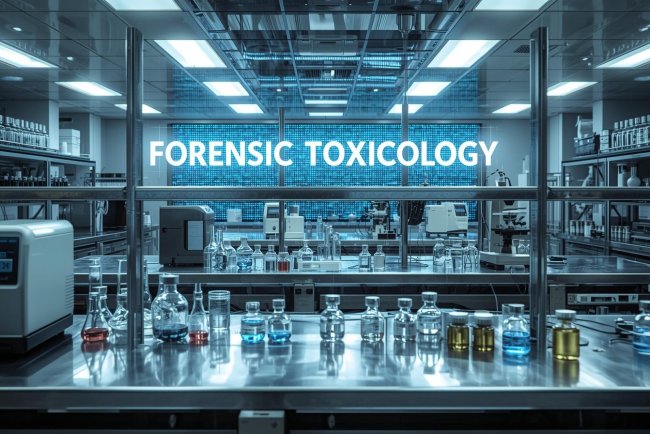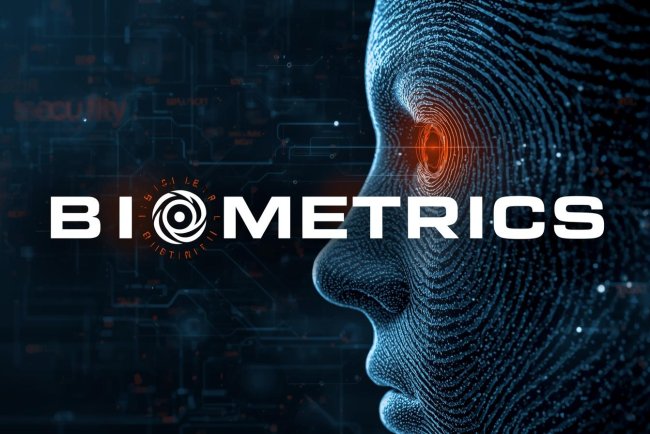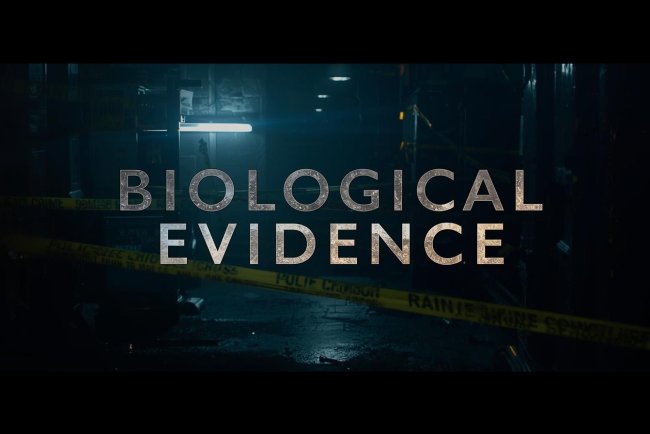Use of Forensic Chemistry in Narcotic and Poison Detection
Modern criminal investigations heavily rely on forensic chemistry, particularly when dealing with instances involving poisonous compounds, poisons, and narcotics. Whether they are examining trace chemicals at a crime scene, finding illegal substances in a smuggling case, or identifying an unknown poison in a suspicious death, forensic chemists are essential to revealing the truth concealed in chemical evidence.

Narcotics are substances that affect the central nervous system and can lead to addiction or death. They include:
-
Natural drugs (e.g., cannabis, opium)
-
Synthetic drugs (e.g., MDMA, LSD, methamphetamine)
-
Prescription drug abuse (e.g., morphine, fentanyl)
Where forensic chemistry is applied:
-
Seized materials analysis: Powders, pills, liquids from police raids are tested to confirm drug type and purity.
-
Blood and urine samples: Collected from suspects or victims in drug-facilitated crimes (like date rape or DUI cases).
-
Drug trafficking cases: Tracing chemical markers in seized drugs helps identify sources or manufacturing routes.
Common Techniques Used:
-
Gas Chromatography–Mass Spectrometry (GC-MS): Gold standard for identifying complex drug mixtures.
-
Infrared (IR) Spectroscopy: Identifies functional groups in unknown compounds.
-
High-Performance Liquid Chromatography (HPLC): Used for separating and quantifying active drug ingredients.
-
Thin Layer Chromatography (TLC): Quick screening of narcotics in field or lab settings.
-
Color tests (preliminary): E.g., Marquis test for opiates, Scott test for cocaine.
Forensic Chemistry in Poison Detection
Poisoning Cases Include:
-
Homicide or suicide (e.g., arsenic, cyanide, organophosphates)
-
Accidental overdose (e.g., carbon monoxide, pesticides)
-
Slow poisoning (e.g., thallium, lead, mercury)
What Forensic Chemists Analyze:
-
Biological samples: Blood, urine, stomach contents, tissues from autopsies.
-
Non-biological samples: Food, drink, soil, air, clothing, containers.
Detection Techniques:
-
Atomic Absorption Spectroscopy (AAS): Identifies heavy metal poisoning (lead, arsenic, mercury).
-
GC-MS & LC-MS: Used for volatile poisons and complex mixtures.
-
Headspace Gas Chromatography: Used for detecting volatile substances like alcohol or cyanide.
-
Enzyme Immunoassay (EIA): Used in toxicology screens for drugs and poisons.
-
Reinsch Test: A classic method for detecting heavy metals like arsenic and mercury.
Legal Significance
-
Reports from forensic chemical labs are admissible as expert evidence under Section 293 of CrPC (India).
-
A positive drug or poison test can be the primary cause of conviction, especially when no witnesses are available.
-
Forensic chemistry helps enforce acts like:
-
NDPS Act, 1985 (Narcotics)
-
Drugs and Cosmetics Act
-
Food Safety and Standards Act
-
Environmental Protection Act
-
Follow cyberdeepakyadav.com on
Facebook, Twitter, LinkedIn, Instagram, and YouTube
What's Your Reaction?























